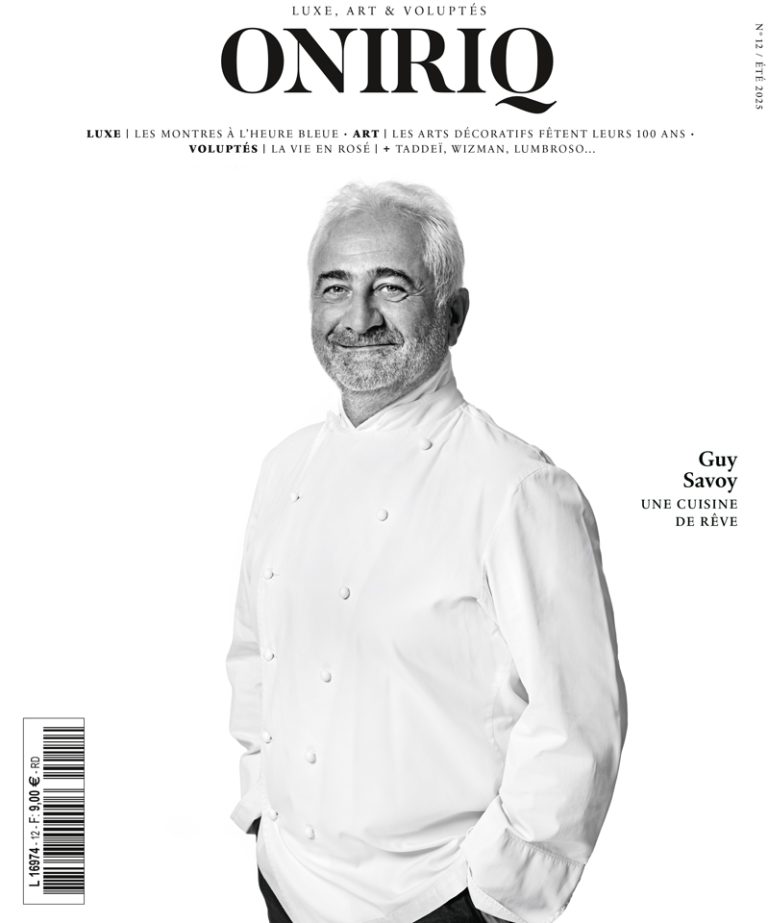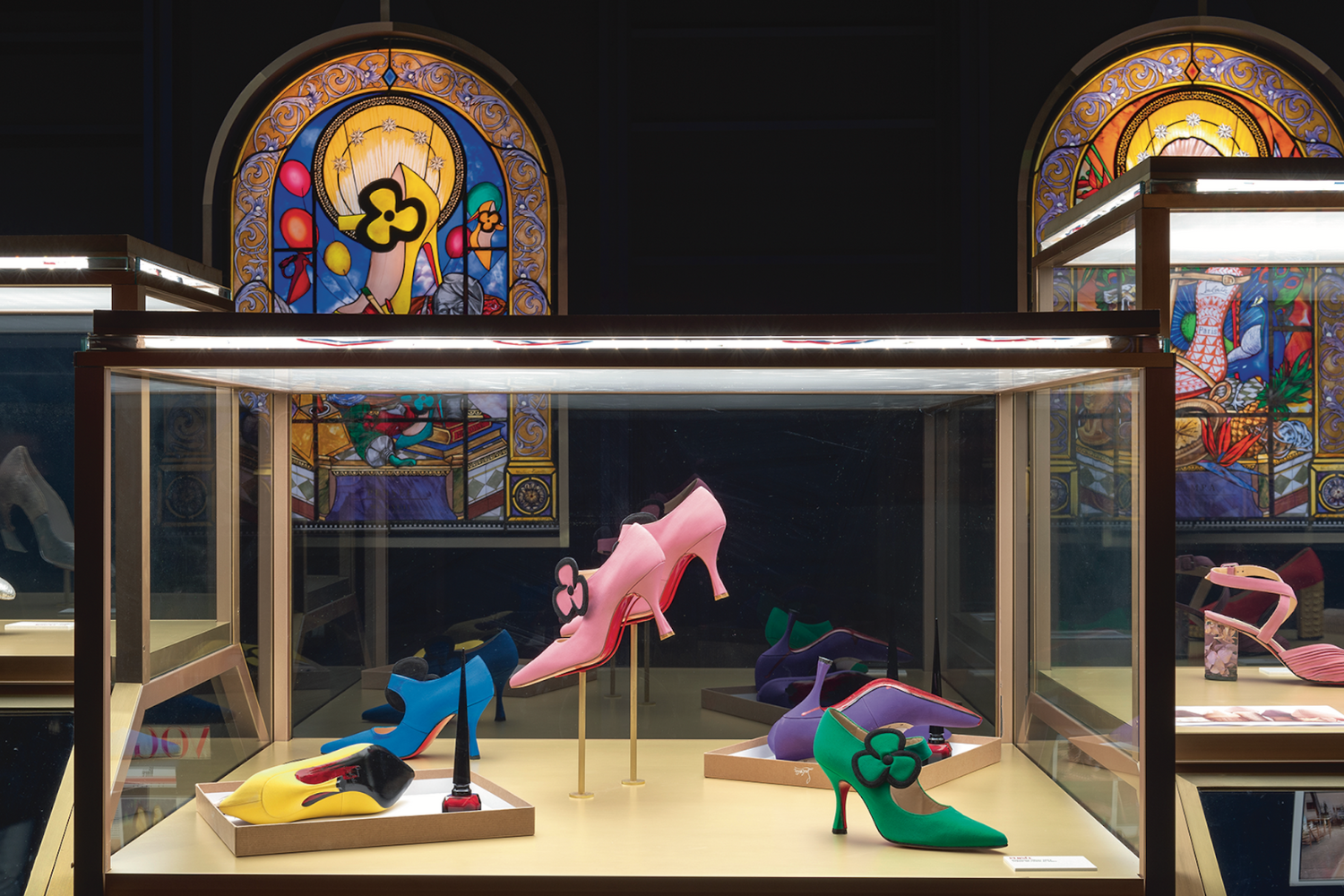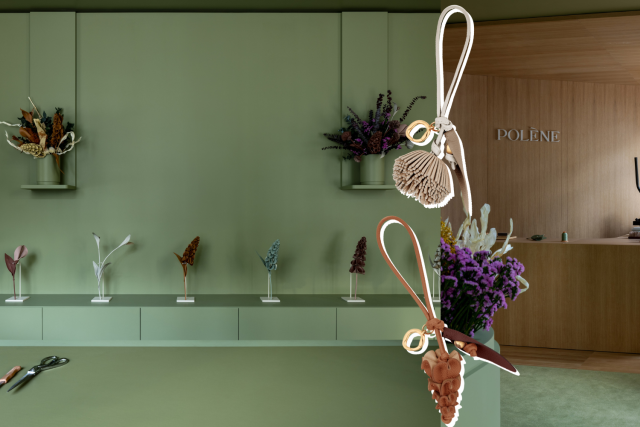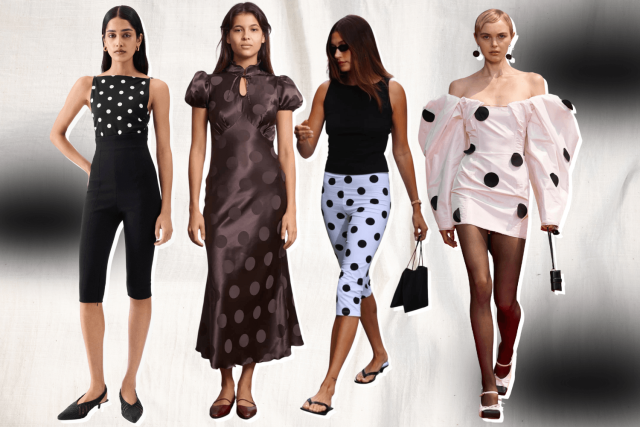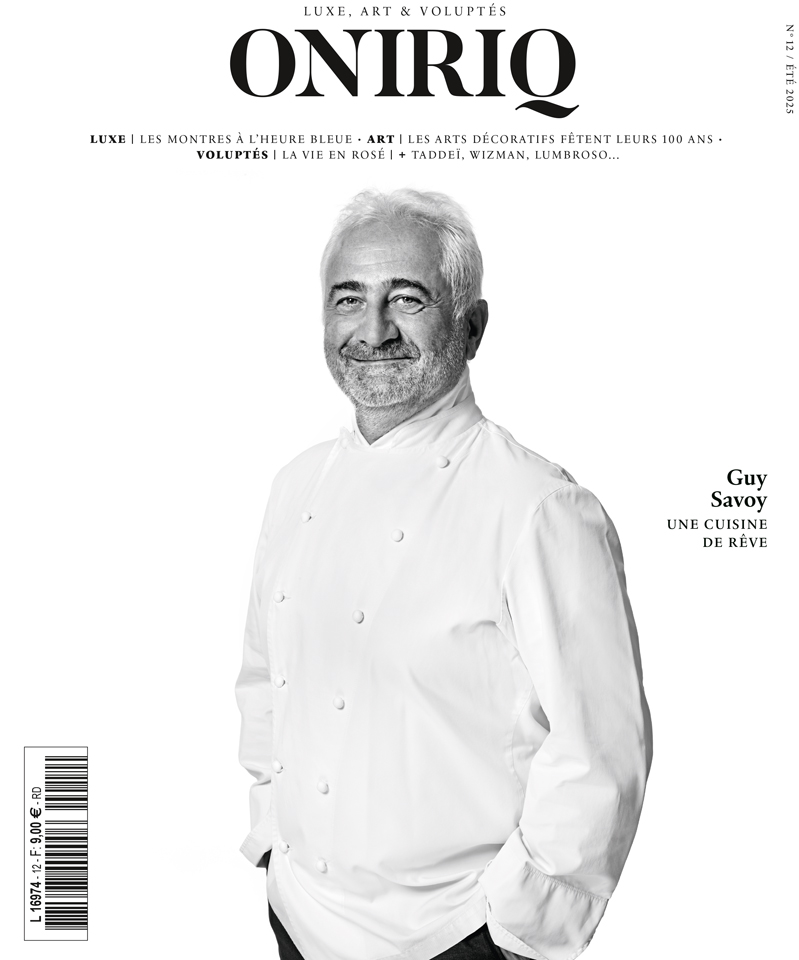Translated by Bethszabee Garner
Dedicated to the designer's imagination through the works that inspired him, notably his famous carmine red sole, the exhibition offered a sharp yet joyful perspective on creation. It was a kind of imaginary museum where a selection of iconic shoes resonated with his many collaborations (David Lynch, choreographer Bianca Li, and video artist Lisa Reihana), as well as a custom installation by Allen Jones. It was an opportunity for us to meet this flamboyant dandy and luxury craftsman.
Désirée de Lamarzelle: Is the exhibition L'Exhibition[niste] II as much of a retrospective of your work than that of a tribute to great artists?
Christian Louboutin: It's important to pay tribute to places, forms, objects, people, and cultures. Especially in these troubled times when we hear so much about cultural appropriation. I don't understand this constant criticism at all: we should be able to talk about what we love, especially our sources of inspiration, without fear of offending anyone. I don't need to have Native American blood to claim my love for New Mexico masks or Hopi dolls. We have the right to appropriate a culture that is not our own because exchange is intrinsic to culture. Just look at how civilizations have drawn inspiration from beyond borders and periods of history. Culture is also what we retain, what we digest, and what we fantasize about from a history and heritage without necessarily being experts on the civilization in question.
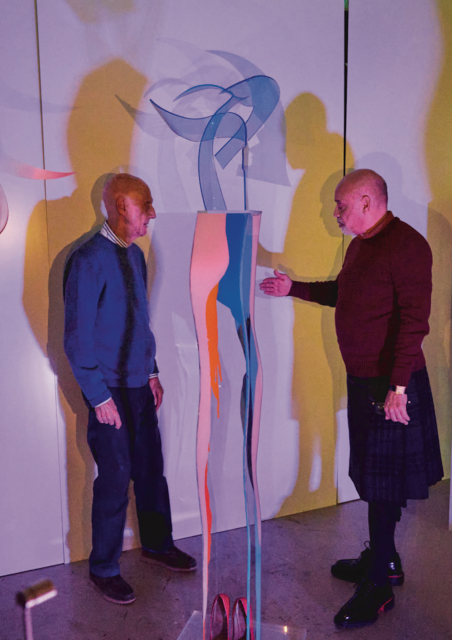
Désirée de Lamarzelle: How did you decide how to divide your own creations and those of other artists?
C.L.: I mainly chose works that I thought were important. Artists have always been a source of inspiration for me. Take Andy Warhol's Flowers screen print, for example. It was while thinking about that painting that I drew flowers on my shoe and, dissatisfied, added red varnish to the sole. I work with these sources of inspiration, which are unconscious, because I draw on my memory without trying to reproduce them. In fact, when I draw, I don't work from any documents, so that I can continue to draw on my imagination.
Désirée de Lamarzelle: Among the artists on display, what parallels do you see between your work and theirs?
C.L.: There is definitely this relationship with the body that I can completely relate to in the work of Allen Jones, who is quite controversial. However, his fetishization of the body denounces the codification of women as objects. He is also a master of drawing. Like the visual artist Imran Qureshi, one of the other artists on display, who is a great Pakistani painter, famous for his magnificent miniatures. Surprisingly, however, this master of detail has never succeeded in making shoes.
Desirée de Lamarzelle: What is a “failed” shoe?
C.L.: It's actually a question of proportions that are not right. Even the great masters don't necessarily know how to draw shoes. Allen Jones, for example, has a perfect understanding of proportions.
Désirée de Lamarzelle: Is this technical skill essential in the manufacture of your shoes?
C.L.: Yes, I worked a lot with dancers in mind, as they have always fascinated me. In fact, my first job, at the age of 17, was as an assistant intern at the Folies Bergère. Even though I never designed shoes for dancers, I started drawing by observing them. I loved the dancers, watching them go up and down the stairs for hours. Watching them work helped me enormously to understand the sculpture of the body. I observed their gait: how you can dance with a particular shoe, how to lengthen the legs. There are lots of technical challenges hidden in the internal construction of a shoe.
Désirée de Lamarzelle: Coming back to the exhibition, there is also some spectacular scenography work...
C.L.: With 2,000 square meters of space, there were no limits to the scenography. I had free reign, because at the Grimaldi Forum, exhibitions are conceived in a completely different way, with a freedom in their design and narrative that allowed me to reimagine my exhibition: I was able to do everything I had left out for obvious reasons of space, not to mention playing with light.
Désirée de Lamarzelle: Could you see yourself taking up stage directing?
C.L.: In a way, I had already tried my hand at directing as artistic director of the Crazy Horse. I took on this role for a season and really enjoyed it: it was great fun to create all the scenes and choose the dancers, costumes, music... but it's a very time-consuming job. I can't do it alongside anything else because I like to do things properly. (Laughs)
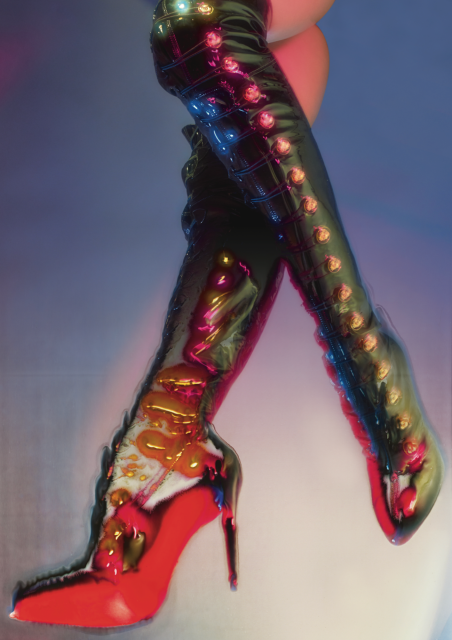
Désirée de Lamarzelle: With all these works that belong to you, do you consider yourself a collector?
C.L.: No, because a collector wants to perfect a collection that is a work of art in itself. And besides, the idea of parting with a piece to acquire another to improve my collection is foreign to me. I don't part with anything. (Laughs) Unless I give it to someone close to me.
Désirée de Lamarzelle: You were assistant to Roger Vivier, who was considered a sculptor of the foot. Would you describe yourself in the same way?
C.L.: Not as a sculptor, even though I do have a real passion for sculpture. In fact, when I buy works of art, they are mostly sculptures or three-dimensional objects, which I imagine is a kind of professional bias. I'm so used to looking at shoes as objects that it has given me this inclination towards the third dimension: I like to move around things, which isn't possible with painting or photography. I have what I would describe as an emotional relationship with sculpture, but I don't consider myself a sculptor.
Désirée de Lamarzelle: What would be the most accurate definition of you?
C.L.: I definitely consider myself a luxury craftsman. My place is in the workshop, working on shapes. And when, for example, I have an appointment for an exhibition in Monaco, I take the opportunity to go to Italy, where I spend a few days in the factory correcting all the volumes, all the prototypes, all the drawings...
Désirée de Lamarzelle: Would you say that it is mainly the luxury sector that supports these craft trades?
C.L.: Yes, very much so. For example, Chanel does remarkable things with its artisans to protect them. In fact, these major luxury brands are right to believe that saving these workshops is saving themselves. I also try to pay tribute to the exceptional craftsmanship of the artisans who make our tote bags. I can spend whole days exploring regions based on recommendations from friends, going from an embroiderer to a basket maker to discover talents that I can showcase, as I did in Portugal, Mexico, and Greece this year.
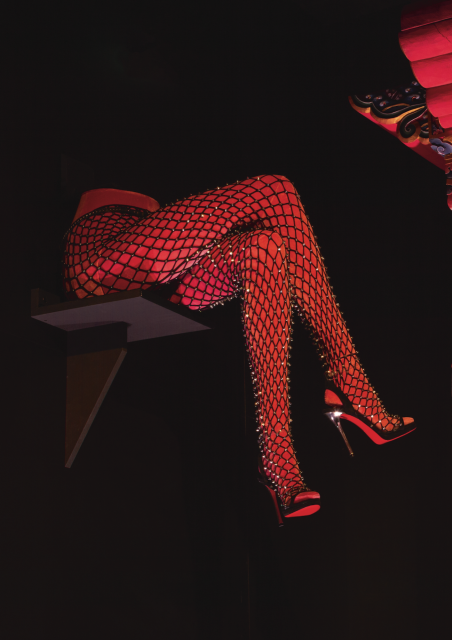
Desirée de Lamarzelle: I read that you were able to “make your own luck” when you were starting out...
C.L.: Basically, my luck is also the result of a series of rather fortunate coincidences. I had stopped designing shoes because I no longer believed in it, and at the same time, I was trying to buy a lamp from Éric Philippe, the antique dealer at the Véro-Dodat gallery, where I went every week in vain. Perhaps tired of me, he suggested I open my own shop at the end of the passage, in a vacant gallery, and not give up on the idea of creating my own shoes: that was the turning point. So, in my opinion, creating your own luck means understanding that you have to act when you feel good about yourself rather than waiting for the right moment. And you definitely need a good dose of recklessness!
Désirée de Lamarzelle: Does that also explain why you turned down offers to buy your company and why it is still independent?
C.L.: It's a great form of freedom: I have a free style of drawing, I do what I want. It makes a big difference in my work.
Désirée de Lamarzelle: When was the last time you were amazed by something?
C.L.: When I went to see a film I knew nothing about and it made a big impression on me. Being surprised is a source of wonder for me. And cinema is a source of inspiration in my work: I think a lot in terms of cinematography.
Désirée de Lamarzelle: Does being labeled a shoe designer for celebrities bother you?
C.L.: It suits me fine, even if it may seem reductive. (Laughs) In fact, I owe a lot to Caroline of Monaco, who has become a great friend and was part of my early adventure. She was my fairy godmother when she happened to walk past my shop window. She came in to buy a pair of shoes and a fashion journalist was there... that obviously helped me a lot.
Article written by Désirée de Lamarzelle, to be found in issue n°1 of OniriQ Magazine.

